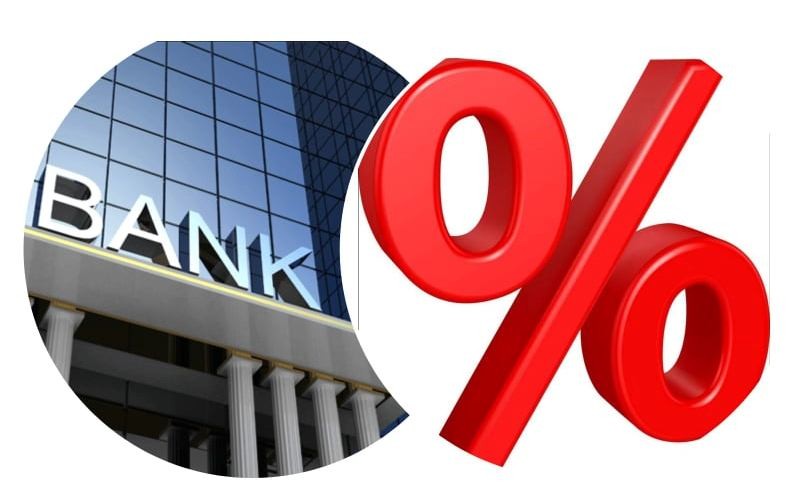
Kathmandu. Currently, 61 trillion 75 billion deposits have been accumulated with banks and financial institutions. According to the latest report, 59 percent of the total deposits are kept in fixed deposits. In this way, it seems that around 36 trillion 25 billion is in fixed deposits.
The amount of interest earned on such a large deposit is also amazing. Currently, commercial banks are paying about 75 percent of their total interest expense to term depositors. If you look at the figures of the bank itself, it looks even more strange.
Prime Commercial Bank is paying 82 percent of the total interest expense on term accounts only. Himalayan, Kumari and Citizens Banks are paying the same 78 percent interest expense in term accounts. According to Rashtra Bank, from last July to the middle of February, banks seem to have spent 2 trillion 2 billion 700 million only on fixed deposit interest. If this ratio is taken as the base, then they have to pay 3.55 billion interest annually on the fixed deposits with the banks.
It is difficult to get integrated data on how much tax is collected by the government from the interest given by the bank to the savers. But if this kind of calculation is taken as the basis, according to the existing system, it seems that the government will receive 6 percent of the interest income, ie 21.3 billion rupees.
For this reason, some experts are arguing that the tax on fixed deposit interest should be increased. They argue that such a tax can be imposed up to 10 percent. If that is done, 35 billion 500 million revenue will be raised from the interest coming from the current deposits. This is 14 billion 20 crores, which is almost 67 percent more than what they are getting now.
The centralization seen in fixed deposits is also affecting the interest rate of loans. At the end of June 2073, 51 percent of the total deposits in the financial system were deposited in savings accounts. Because of this, bankers called the savings account a 'balancing account'.
The base rate of the banks was relatively low due to low interest on savings accounts. It also had an impact on banks' profits and loan interest rates. But now the situation is reversed. At the end of last June, the ratio of savings account has dropped to 26.6 percent. Due to this, the system of balancing the expensive interest of fixed deposits has broken down.







